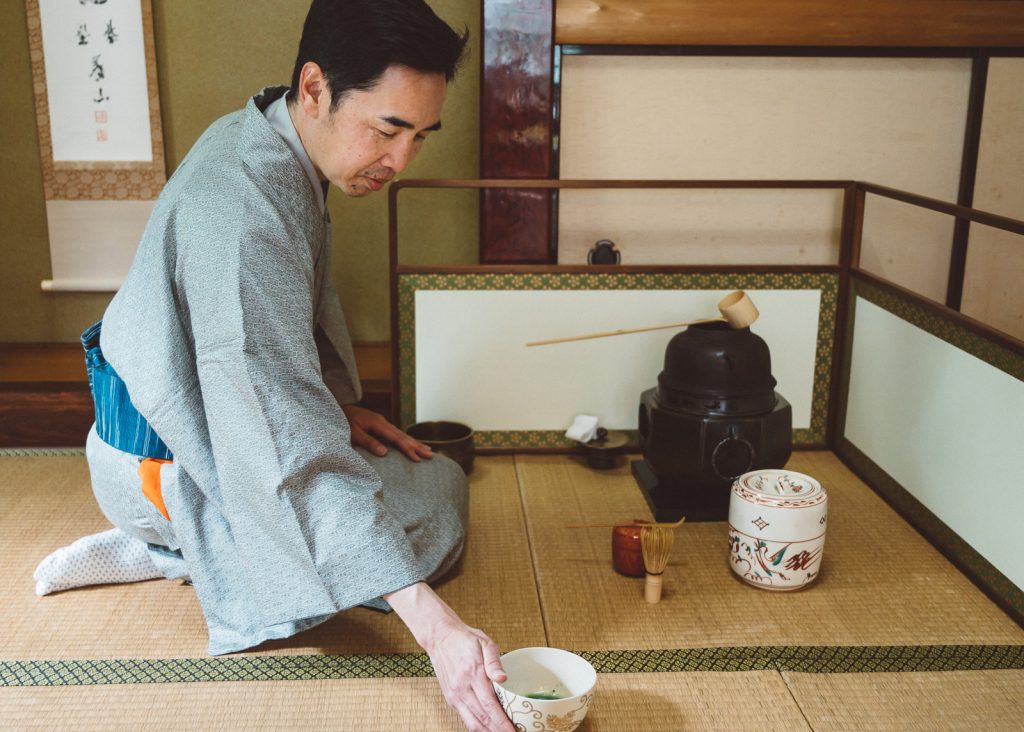
Todd Fong is an American freelance writer living in the greater Tokyo area. He has visited, written about, and photographed Iiyama City many times and considers it one of his favorite escapes from the big city.

The ride across the plains of northern Nagano was effortless; the electric motor of my bicycle propelled me over small hills and short inclines as I enjoyed the scenery and felt the breeze on my face. Gliding over a ridge, a field of endless yellow stretched out before me like a vast picnic blanket spread out beside the Chikuma River. Against the backdrop of the Nagano mountains, freshly green from the melting blanket of winter snowfall, the view was nothing short of magical.
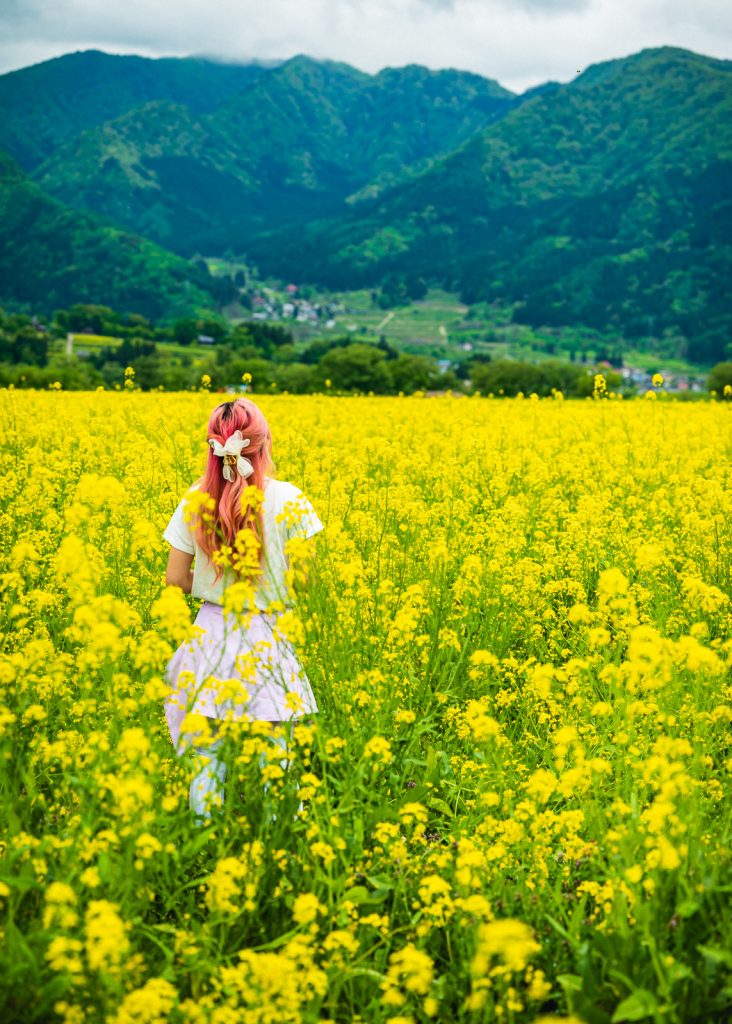
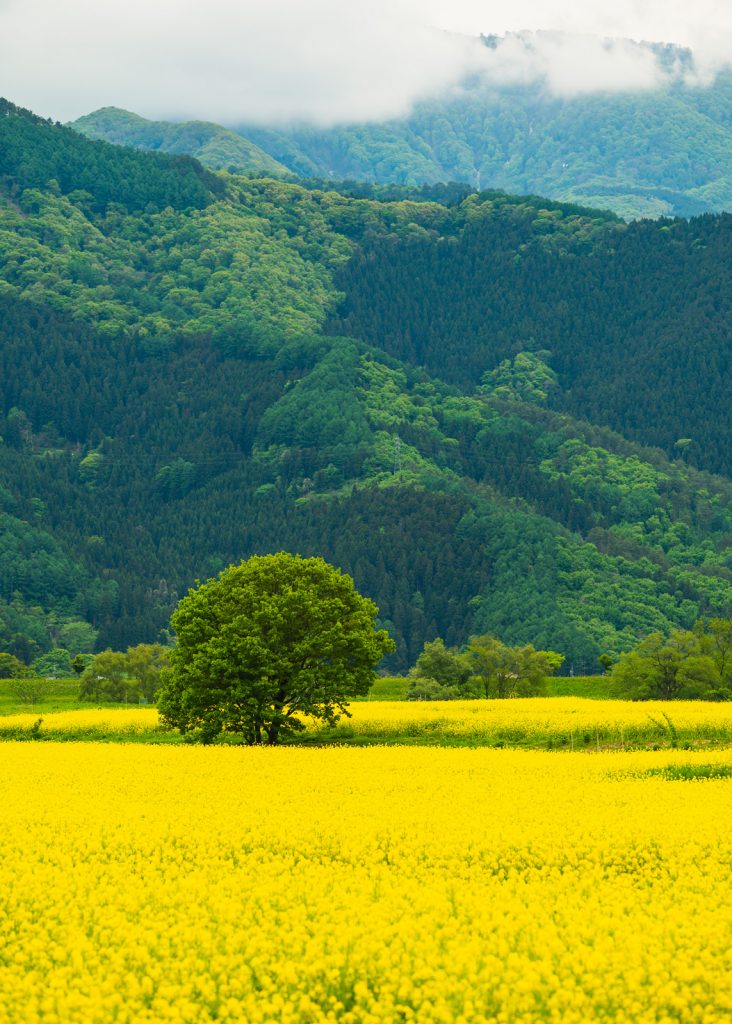
Iiyama City: Cycling Paradise
Iiyama City is a cyclist’s paradise, even if the cycling season is a little short due to the heavy winter snowfall that often lingers into late March. When the snow melts away, it leaves a vivid landscape of young green leaves and grass, fields of flowers, and forests of indigenous trees uncommon in other parts of Japan. With winding mountain roads and straight, level highways, cyclists of all ages and abilities can enjoy rides to and from Iiyama’s many scenic and historic destinations. The season for riding often lasts into December, when the snow begins to fall again, and winter sports reign as popular activities.

One of the best ways to enjoy cycling in Iiyama is to use a bicycle as your primary means of transportation. This is not only a fantastic way to support sustainable tourism, but the city helps make it possible by offering conveniences such as luggage delivery from Iiyama Station to various accommodations in the area (if you arrive before noon).
When you arrive by Shinkansen bullet train at Iiyama Station, less than two hours from Tokyo, head downstairs to the Shin-Etsu Shizenkyo Activity Center where you can choose from a wide variety of bicycle types available for rental as well as equipment such as helmets, gloves, and other outdoor gear. The staff can advise you on cycling routes and provide information about tours, both guided and self-guided. Next door at the Tourist Information Center, the staff can arrange to have any luggage you can’t or don’t want to carry delivered to your accommodations for the night.
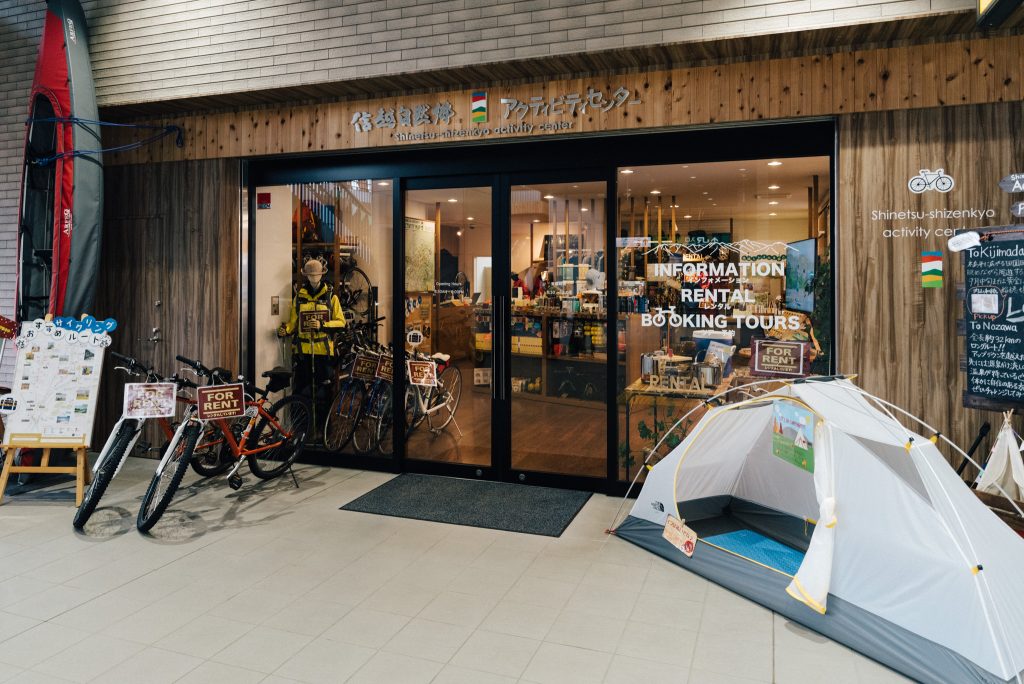
Cycling Along the Chikuma River to Nabekura Highlands
As an occasional cyclist who isn’t in the best shape, I chose an electric hybrid bicycle as capable on dirt roads as on paved ones. Most of my riding would be on paved roads with the occasional scenic detour along unpaved farm or fire roads. Leaving my suitcase in the good hands of the Tourist Center staff, I plotted a course up the valley: through some of Iiyama city, along the Chikuma River, and finally, to my destination for the night at Nabekura Kogen (Nabekura highlands).

The direct route is only about 20 kilometers, but what is the pleasure in riding directly with so much delicious scenery to enjoy? Instead, I rode slowly, pausing to admire the foliage at Shonen-ji Temple, one of the many temples in the foothills of Iiyama. In spring, the dense maple trees are a lush shade of green but come back in the autumn, and this temple is ablaze in red and orange leaves like few other places on earth.
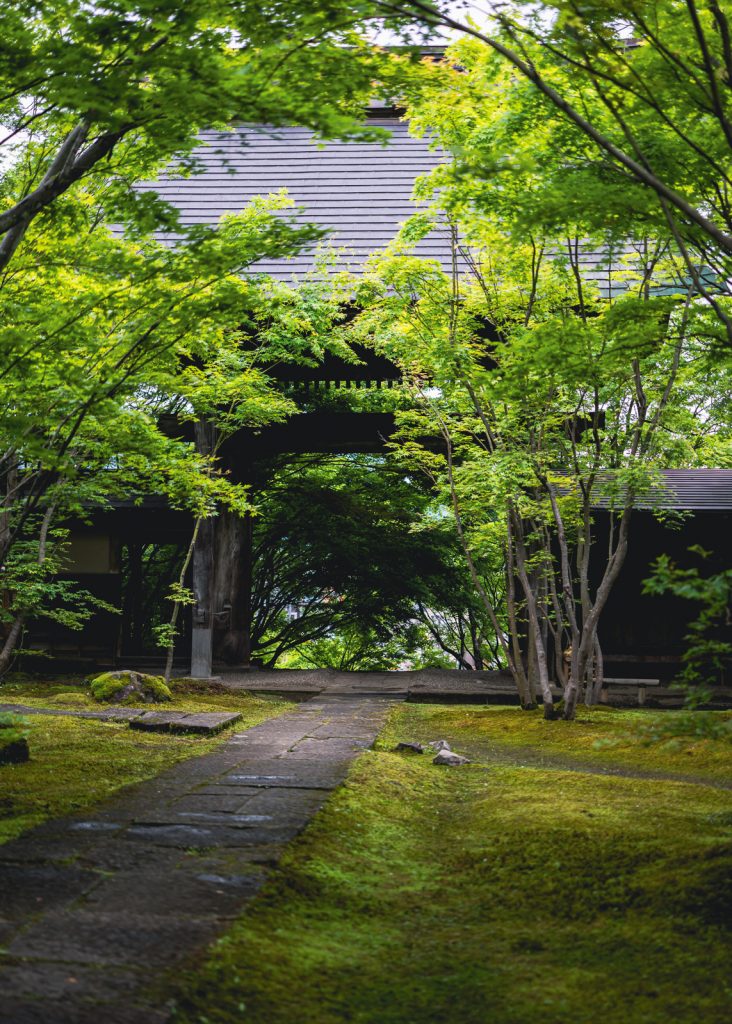
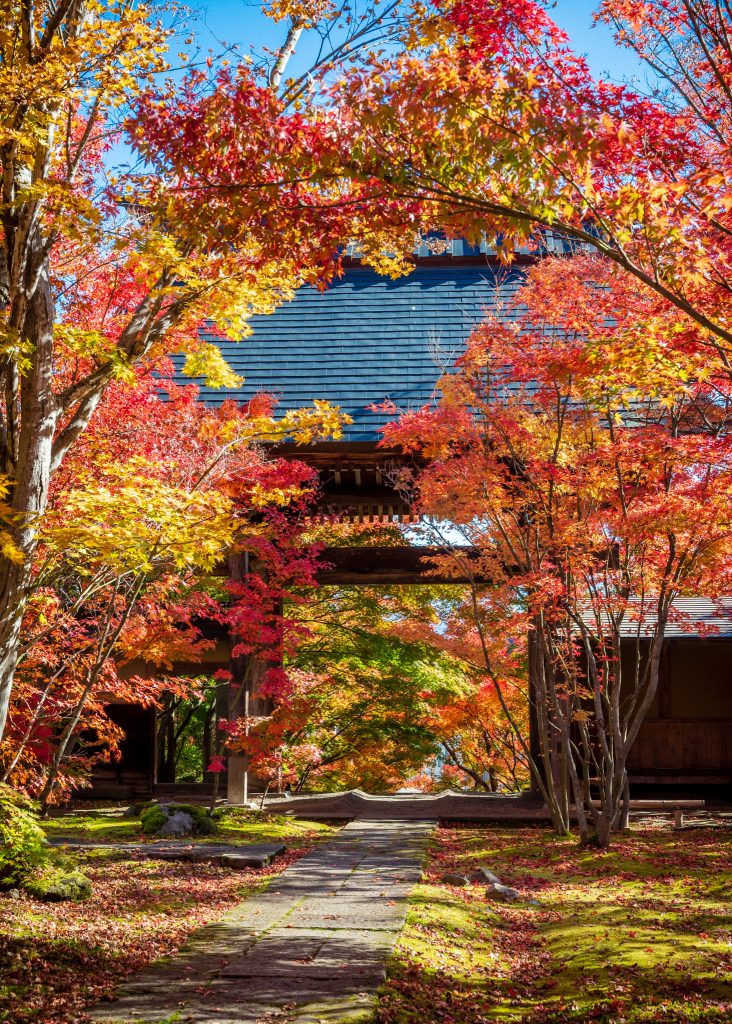
At the ruins of Iiyama Castle, I left the central part of town to ride along the Chikuma River. The paths along the river are wide and comfortable for cyclists, making it easy to relax and enjoy the scenery as it rolls slowly by. In the spring, you may find a brightly colored field of nanohana (canola), as attractive to selfie-shooting visitors as it is to the local honeybees.

Near the field, I stopped at Roadside Station Hananoeki, a delightful combination of farmer’s market, souvenir shop, and cafe. Designed as a rest area for travelers along the highway, there are plenty of reasons for cyclists to stop here too, and for me, that reason was lunch. Cafe Satowa whips up “down-home” meals using the ingredients and style of the Shinshu region, including tender Miyuki pork, mild Shinshu miso, and the curious snow carrots, which are left buried under the snow all winter and develop a sweet flavor that can’t be matched by traditionally harvested carrots.

I meandered slowly toward my destination after lunch, with my stomach full and satisfied. Along the way, I took short breaks, not because I physically needed them as the electric bicycle was doing most of the work, but so I could savor the breathtaking scenery. Having been to Iiyama city several times before, I appreciated the contrast of the spring greenery with the boldly colored foliage of autumn that can be seen later in the year.
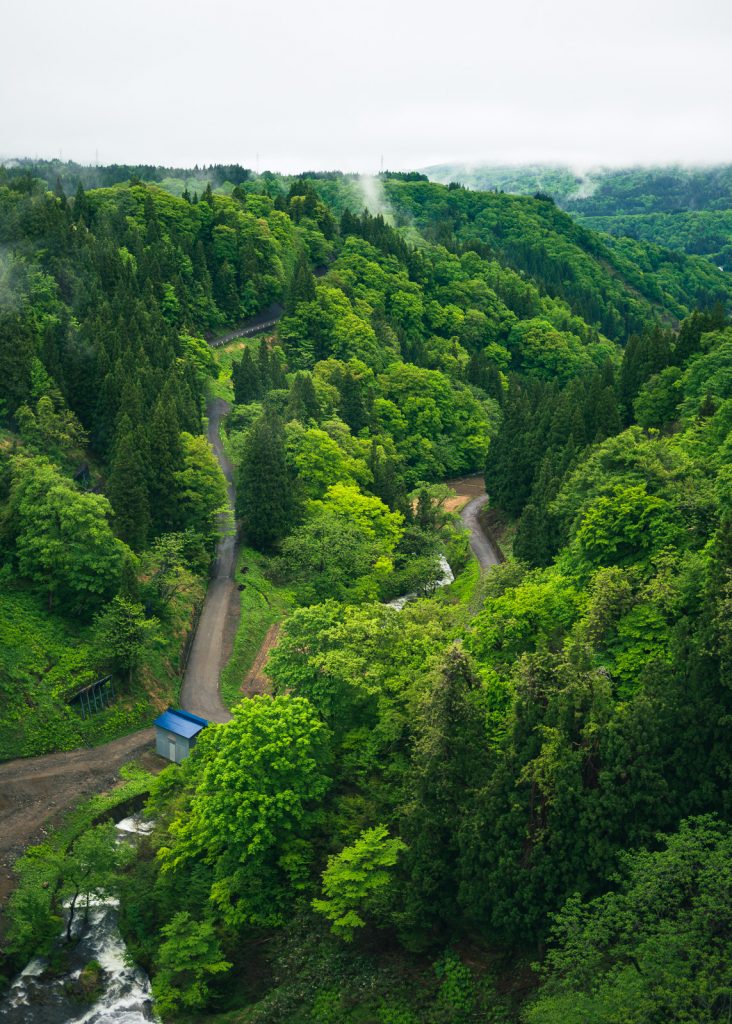
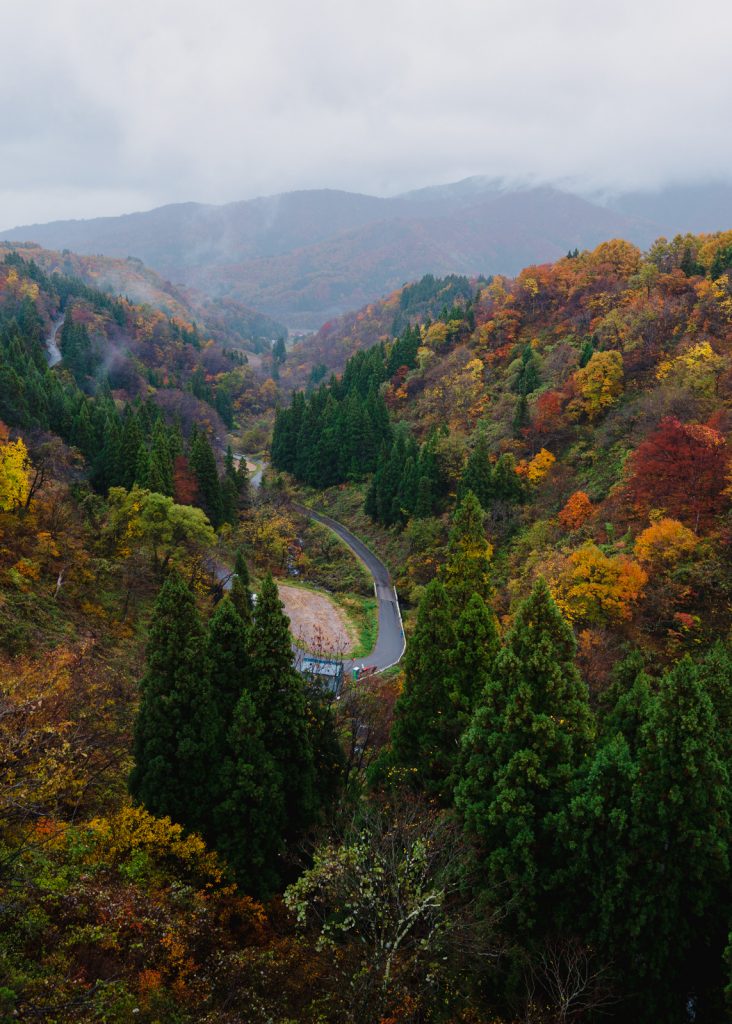
Mori-no-Ie is a facility with a collection of 10 cottages available for overnight or short-term stays. I found my luggage waiting for me at the registration counter, so I retired to my cottage to relax before dinner. There are no restaurants in the area, but each cottage has a full kitchen for those inclined to make their own meals with the fresh ingredients easily obtained at local supermarkets or the roadside station I had come from. Since I had no food with me this time, I arranged for the staff to provide the fixings for a sumptuous Shinshu-Iiyama style barbeque. Locally grown vegetables, including the tender asparagus in season during the spring, locally raised Miyuki pork, and fatty, melt-in-your-mouth slices of local beef grew increasingly aromatic as they grilled over the coals. A perfect meal to end a perfect day of cycling in Iiyama city.
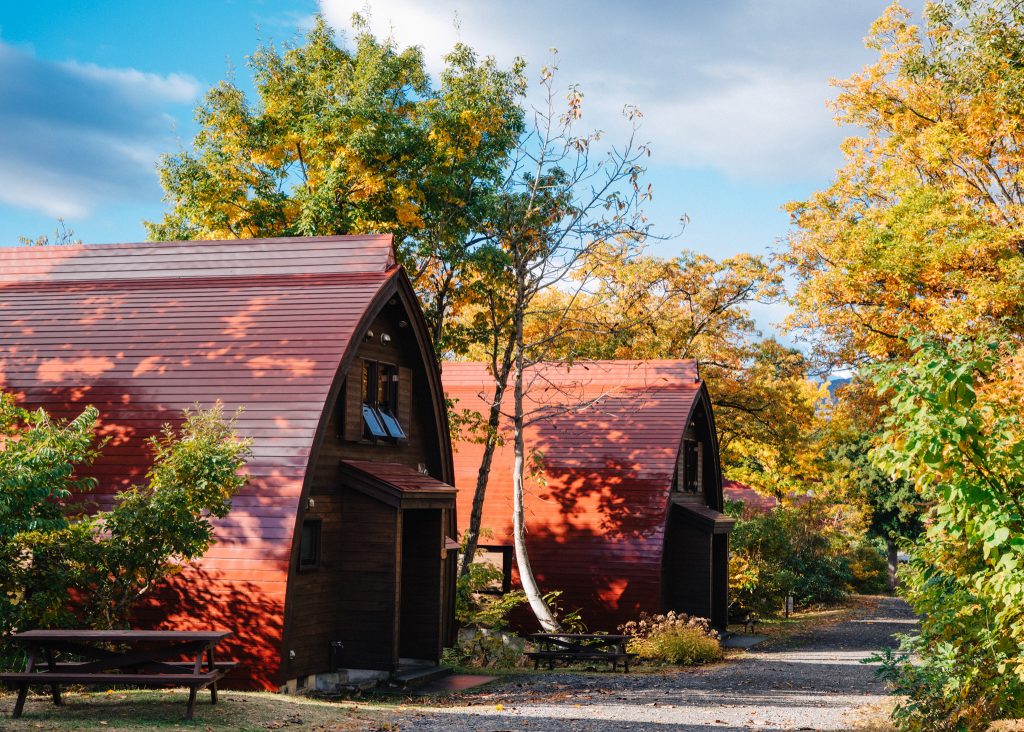
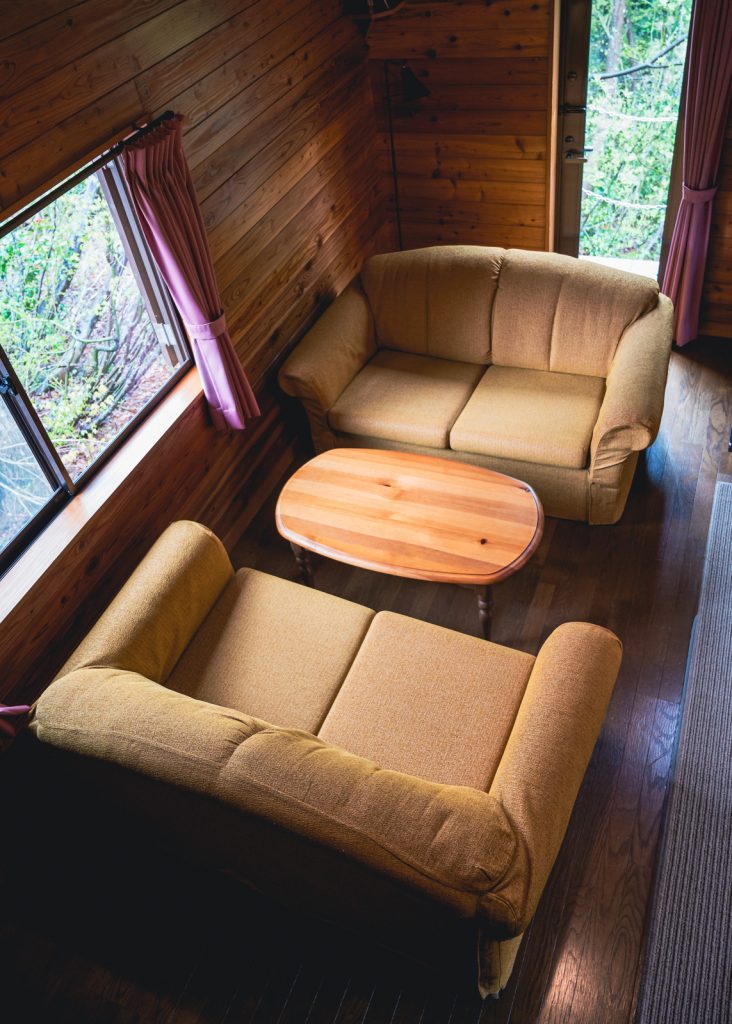
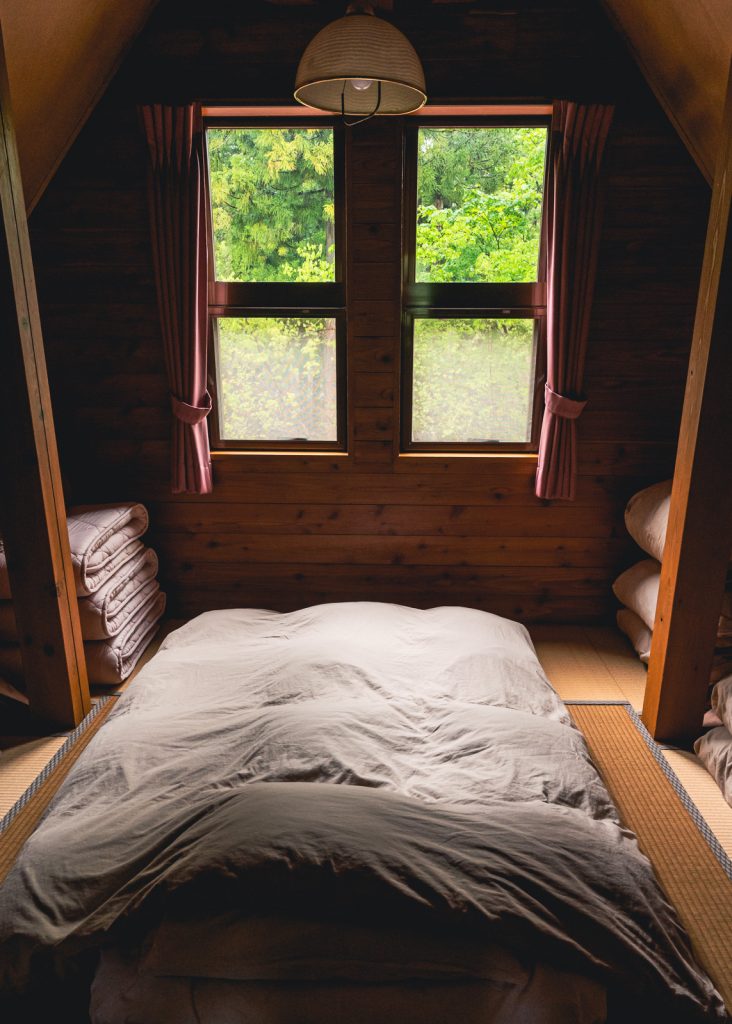
Hiking in Nabekura Kogen and Cycling to Ancient Kosuge Village
The fun was far from over as the following day, after enjoying a light breakfast in the common building, local guide Yukiko Satoh took us on a hike to explore the forest and beech tree groves on the vast property of Mori-no-Ie. It had rained the night before, leaving a lingering fog and a sense of mystery along the forest path. The rain-soaked paths had some muddy sections, but with outdoor gear like rainboots available for rent at Mori-on-Ie, traversing them was not a problem. The smell of the forest after the rain and the clean mountain air did wonders for my peace of mind, and it was not long until I was ready to climb back into the bike saddle and ride again.
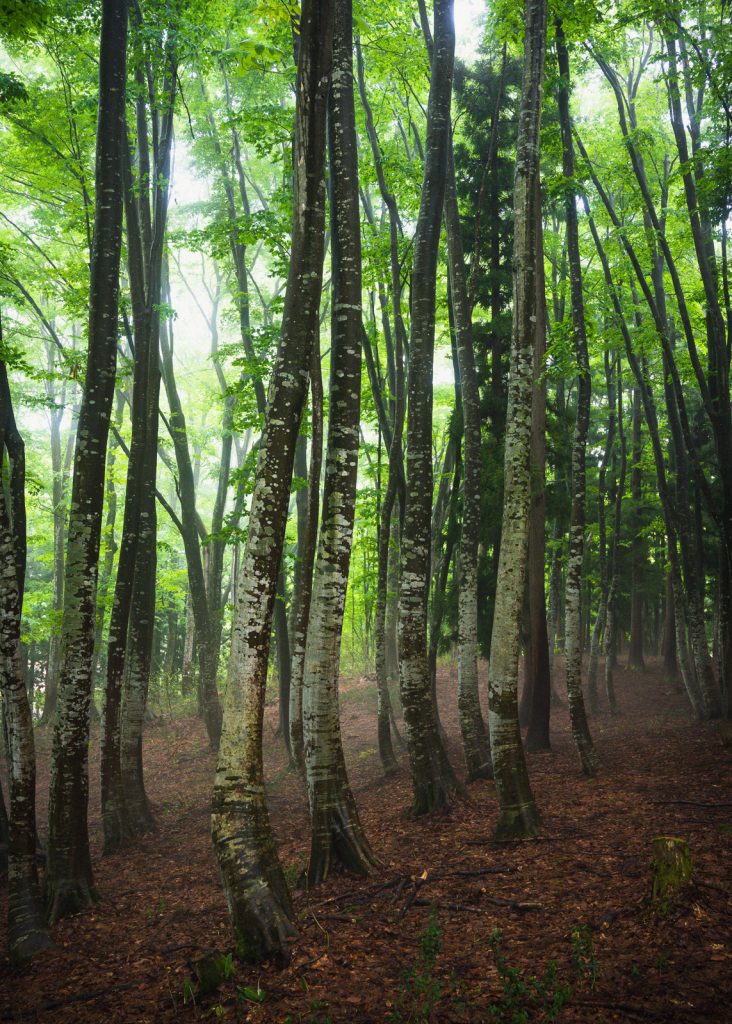
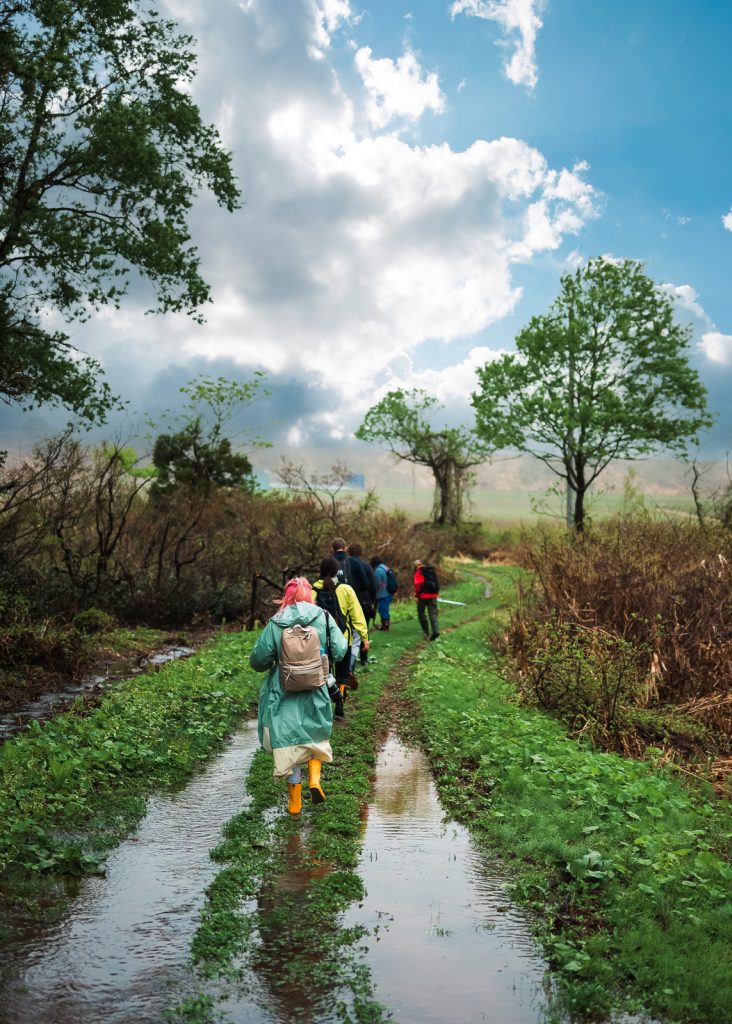
This time, my destination was on the opposite side of the valley, the ancient village of Kosuge, the site of centuries-old shrines and temples and historic clashes between samurai warlords. Many battles between Uesugi Kenshin and Takeda Shingen were waged in this part of Nagano during the 16th century. During one particularly ferocious conflict, Kosuge village was razed to the ground by Takeda. The structures you find here today are mainly from that era after they were rebuilt by Uesugi. At the village’s highest point, a stone torii marks the entrance to the path that leads up to the original shrine on the mountain. It takes a bit over an hour to reach it, the first section on rough stone steps between columns of ancient cedars. It can be strenuous for those who are not used to trekking, so be sure to allow plenty of daylight hours and carry enough water if you intend to make the climb.
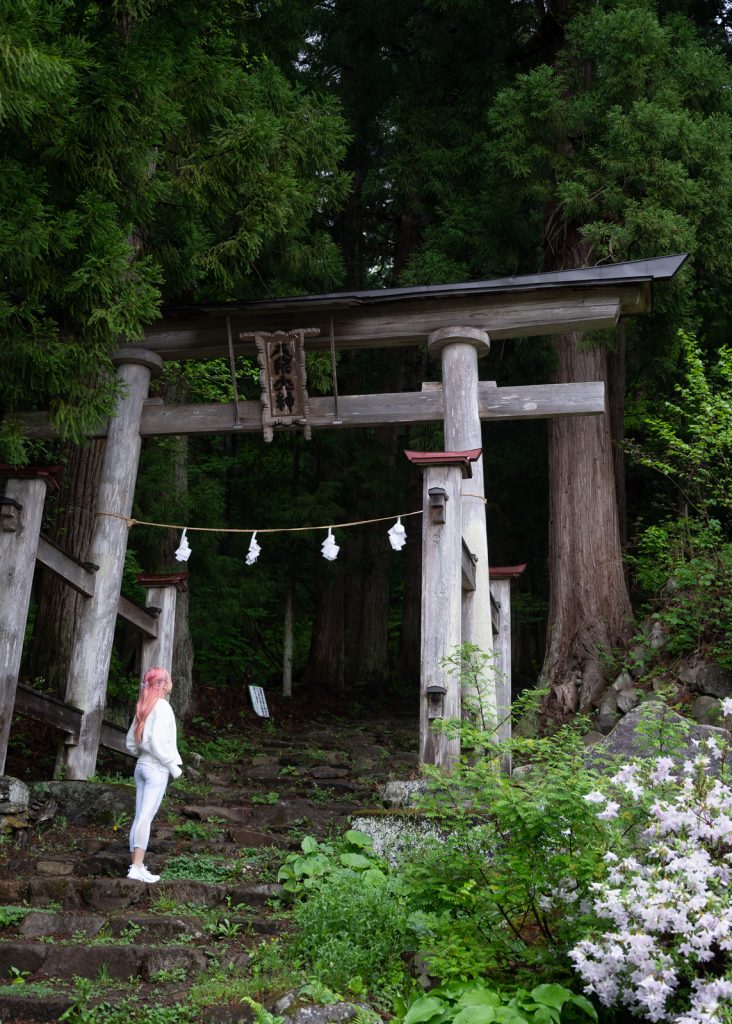
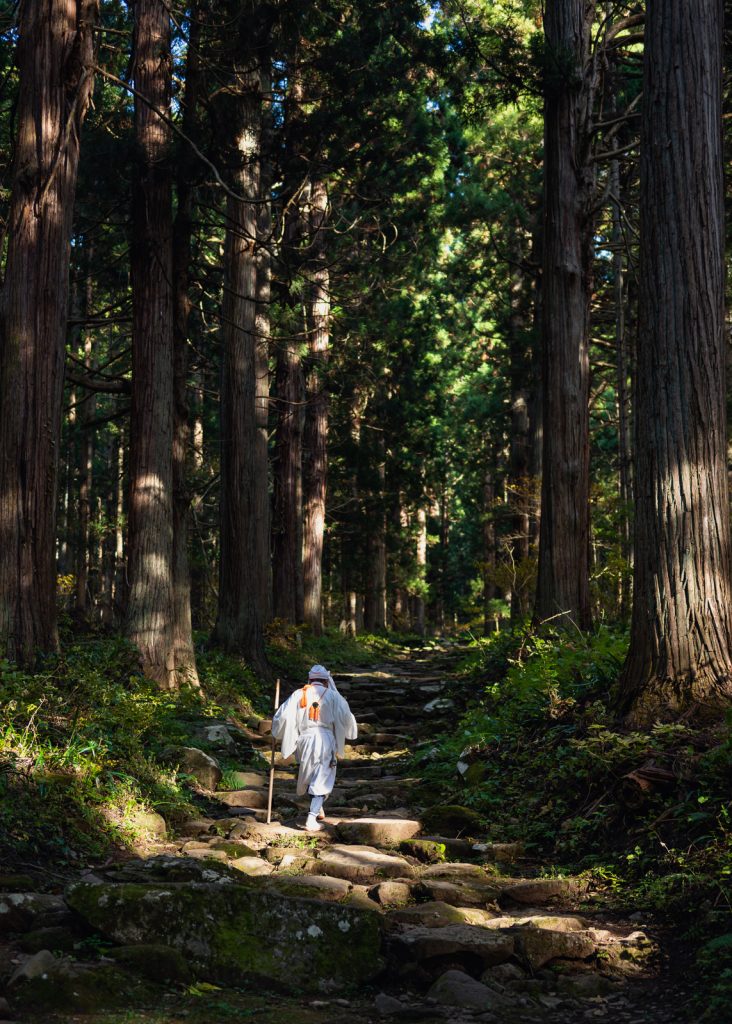
Our last destination of the day before cycling back to Iiyama Station was Lake Hokuryuko. This large reservoir holds melted snow for the local farmers to use for irrigation in the warmer months. It also serves as a tranquil body of water for kayaking, boating, and sports fishing.
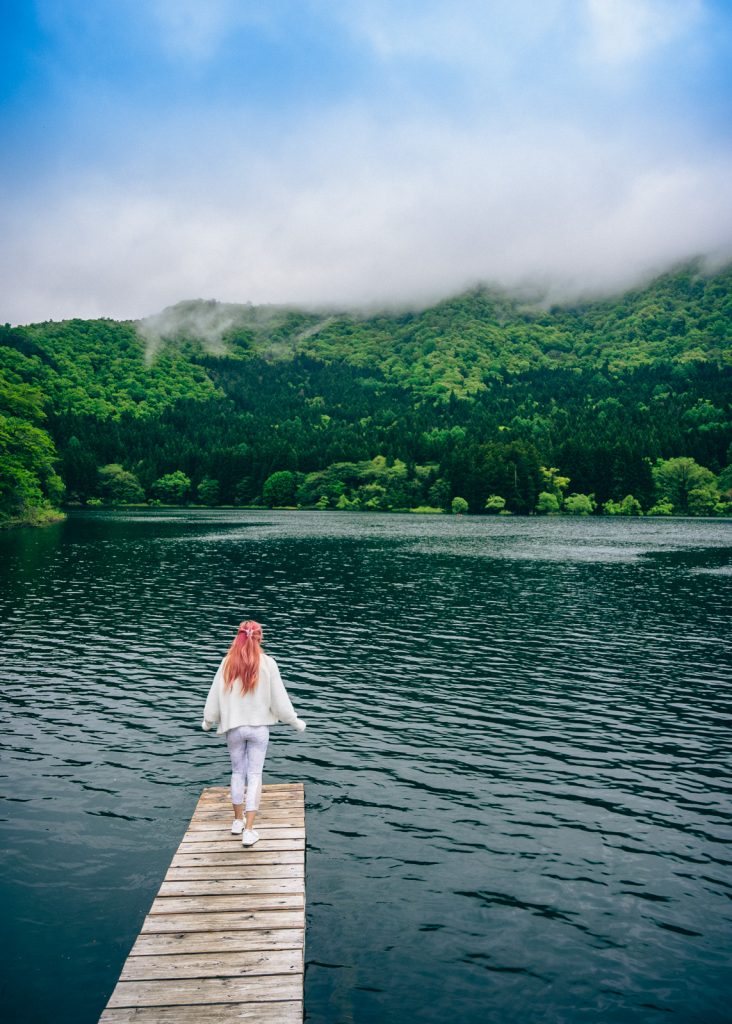
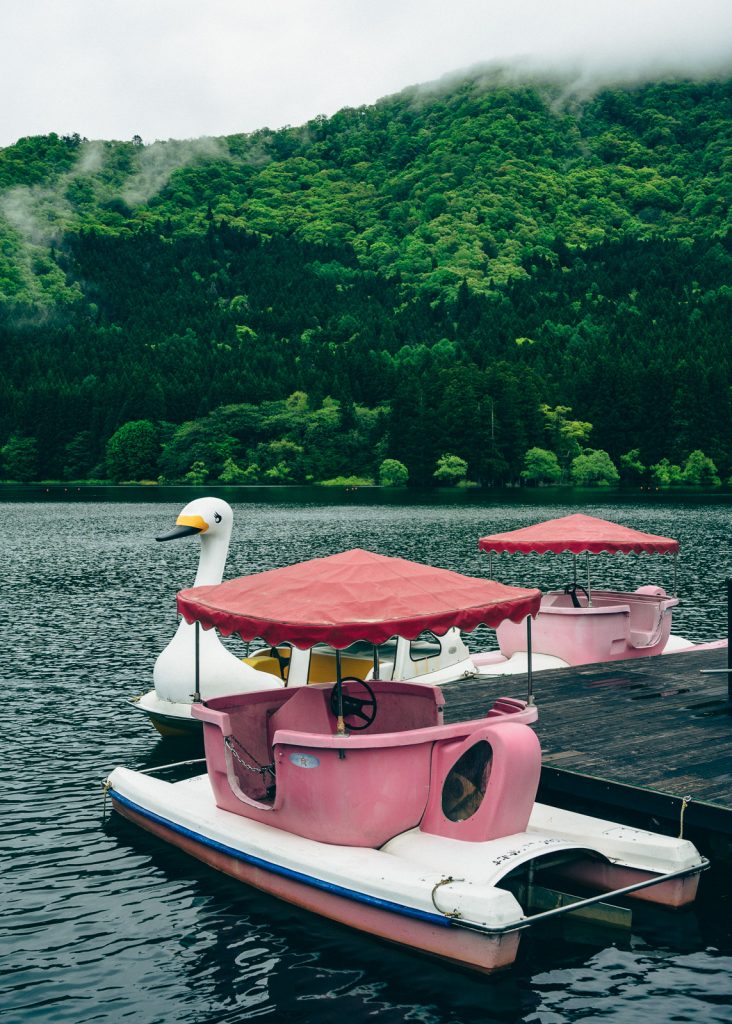
Mountain Cycling around Madarao Mountain Resort
Another option for cyclists staying up on the mountain around Madarao Mountain Resort is to rent a mountain bike from the Madarao Tourism Association “Yama no Ie” building. There are plenty of roads and trails in the Madarao area, and you can even cycle to destinations along the 110-kilometer-long Shin-Etsu trekking trail, such as the Numanohara Wetlands. Covered under deep snow for much of the year, the spring thaw brings colorful wildflowers to the wetlands, and you might spot many species of wildlife that thrive in this pristine area.
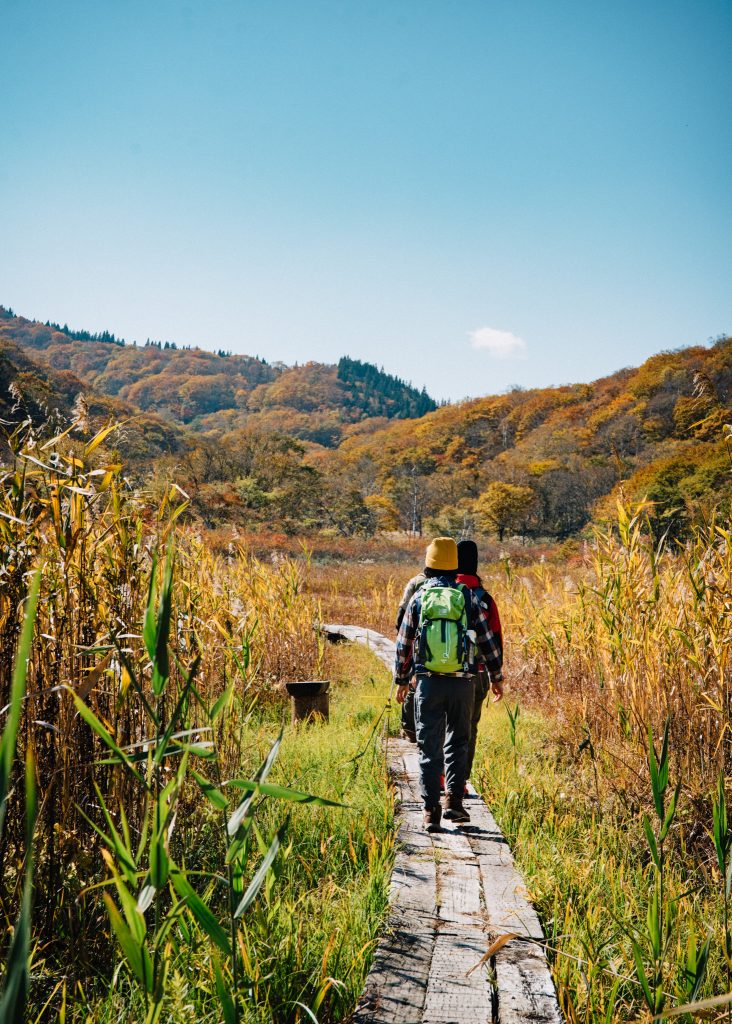
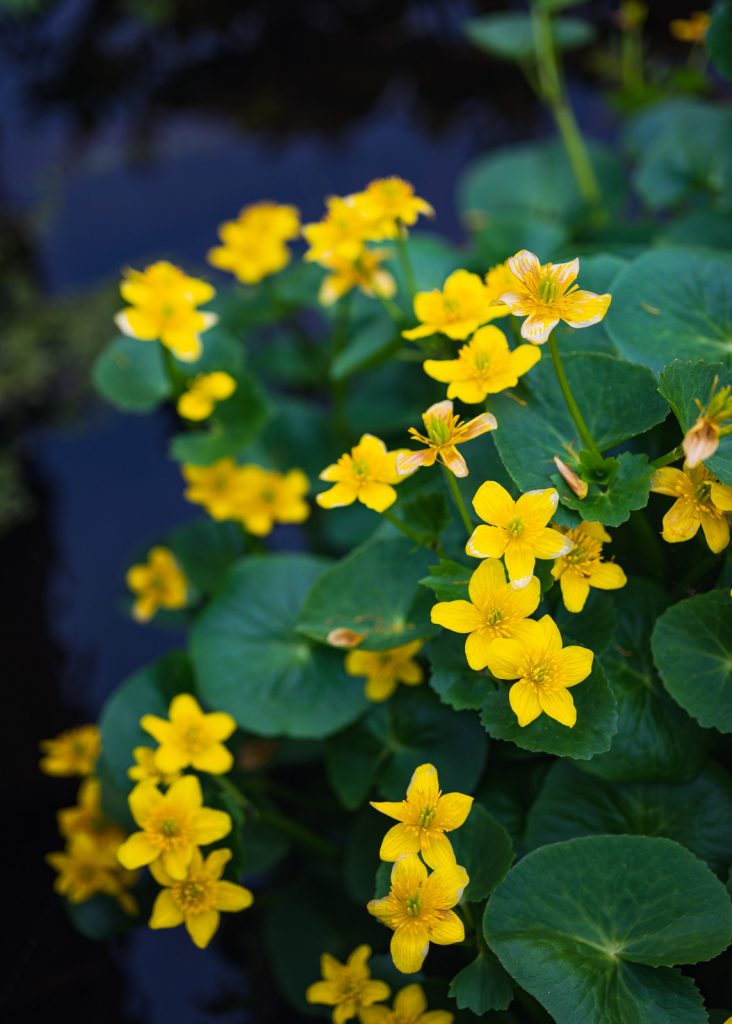
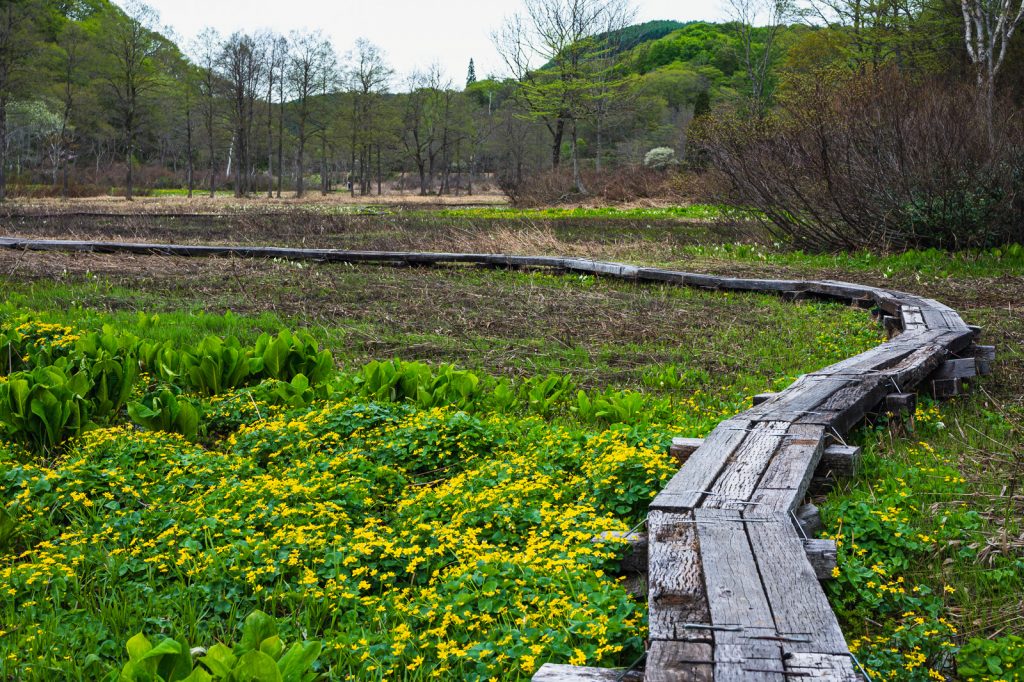
With many days of good weather between the end of April and the beginning of November, fresh and cool mountain air, and hundreds of kilometers of roads and trails that can be safely used for cycling, is it any wonder why Iiyama city is the place many cyclists return to when they need a relaxing time in the great outdoors? Even in the winter, you can still enjoy the unique experience of snow cycling at Togari Onsen Ski Resort, the only place in Japan offering this experience. Iiyama’s close proximity to Tokyo also makes it a convenient overnight escape from the city, a change of pace from the hustle and bustle of the capital. Whether you enjoy the fresh green leaves and wildflower blooms of spring and summer or the fiery foliage and golden rice paddies of autumn, cycling around Iiyama is a pleasure for all types of travelers.



